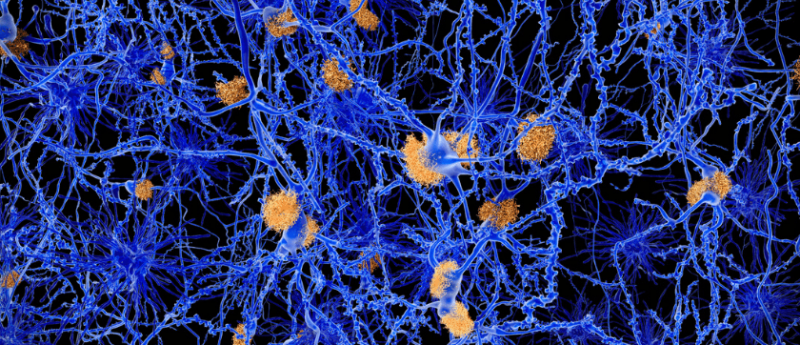Amyloid fibrils in Alzheimer’s disease visualized using gold nanoparticles

Alzheimer’s disease is one of the most common causes of dementia in older adults. It is characterized by certain pathologies, including the formation of knot-like structures – amyloid fibrils – between brain cells. The amyloid fibrils are formed from amyloid beta peptide and the Tau protein. These are both produced in the healthy brain, however, sometimes they can become tangled up forming the fibril structures, which leads to the development of neurodegenerative diseases such as Alzheimer’s. The amyloid fibrils contribute to disease progression by spreading from one brain cell to the next and are thought to degenerate neurons, which can...
To view this content, please register now for access
Join our member community for FREE to access a collection of journal and online-only features, including:
- Exclusive access to educational videos, eBooks and insights into top BioTechniques journal articles
- The latest news and journal updates delivered straight to your inbox when you want it
- Personalized recommendations for the latest member-exclusive podcasts, interviews and expert opinions
- Priority registration to webinars, panel discussions and events
- Access to competitions and journal publication discounts, including 10% off open access fees when you sign up today!





